

Choosing the right metric ready rod is crucial for various applications, ensuring precision and efficiency in your projects. This guide explores the key characteristics, applications, and selection criteria for different types of metric ready rods. We'll delve into the specifics, helping you understand how to choose the perfect metric ready rod for your needs. Whether you're involved in manufacturing, engineering, or any field requiring precise measurements and reliable components, this resource will prove invaluable.
Metric ready rods, also known as metric threaded rods, are precision-engineered rods with metric threads, designed for applications requiring accurate and reliable fastening. They are available in a variety of materials, diameters, and lengths, catering to diverse needs. The key feature is their precisely machined threads ensuring a secure and consistent connection. Proper selection depends heavily on the intended application and the materials being joined.
Several types of metric ready rods exist, categorized by material, finish, and tolerance. Common materials include stainless steel (offering corrosion resistance), mild steel (for general-purpose applications), and brass (for applications requiring better conductivity or corrosion resistance in specific environments). The surface finish can range from plain to galvanized, affecting durability and aesthetic appeal. Tolerance levels (e.g., ISO 2768) specify the acceptable deviation from nominal dimensions, crucial for precision engineering projects.
Metric ready rods find applications across numerous industries. They are frequently used in:
Choosing the appropriate metric ready rod necessitates careful consideration of several factors:
The choice of material depends on the operating environment and the required mechanical properties. Stainless steel offers excellent corrosion resistance, while mild steel provides a balance of strength and cost-effectiveness. Brass is preferred when conductivity or specific corrosion resistance is needed. Consider factors like temperature extremes and exposure to chemicals.
The diameter and length of the rod are critical for load-bearing capacity and overall application. Accurate calculations are needed to ensure sufficient strength and stability. Consult engineering handbooks or utilize online calculators to determine the appropriate dimensions for your application.
Metric threads are standardized, but understanding the thread pitch (distance between adjacent threads) and type (e.g., coarse, fine) is important for securing the proper fit and preventing damage. The pitch affects the strength and holding power of the threads.
Several reputable suppliers offer high-quality metric ready rods. Thorough research into supplier capabilities, quality control measures, and certifications is essential. Remember to specify the required material, diameter, length, tolerance, and surface finish when placing an order. For reliable and high-quality metric ready rods, consider exploring options available from reputable industrial supply companies. Many companies, like Hebei Muyi Import&Export Trading Co.,Ltd, specialize in providing a wide variety of industrial components.
Understanding the characteristics, applications, and selection criteria for metric ready rods is paramount for success in engineering and manufacturing projects. Careful consideration of material, dimensions, and thread specifications is crucial to ensure the reliability and longevity of your applications. By following the guidelines provided, you can select the perfect metric ready rod for your specific needs, leading to efficient and effective project completion.
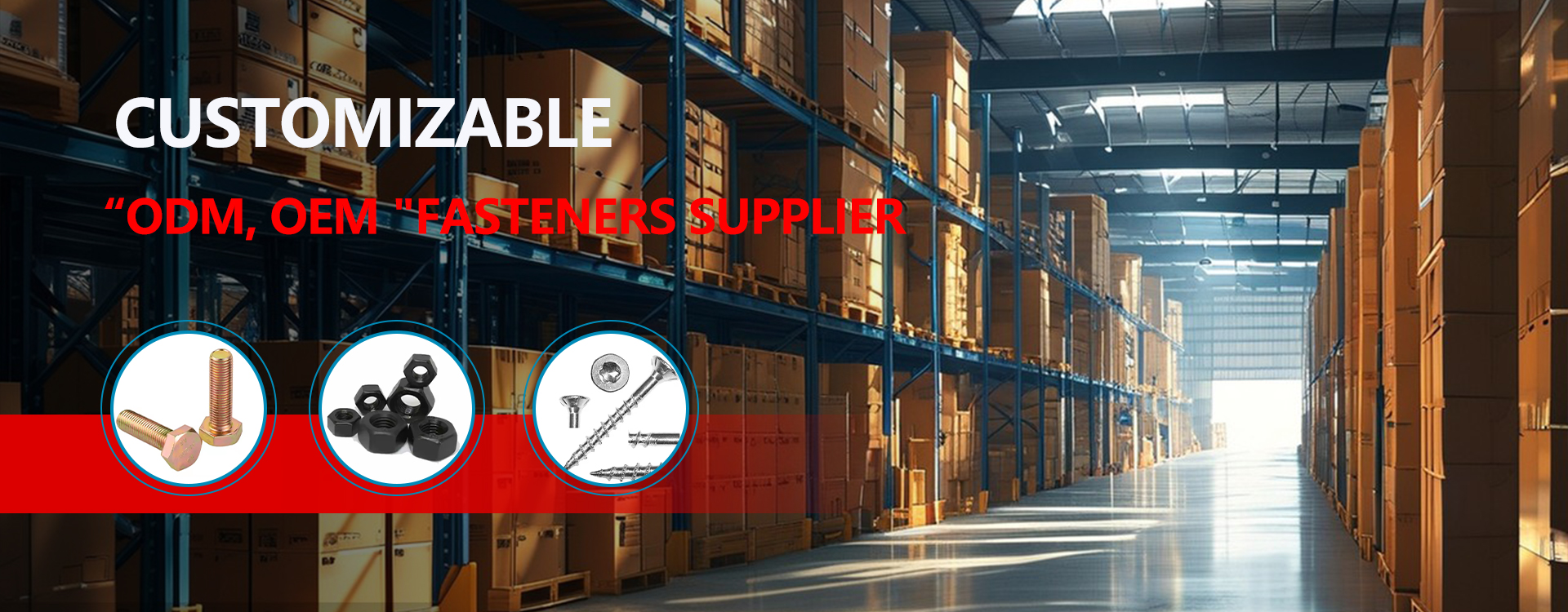

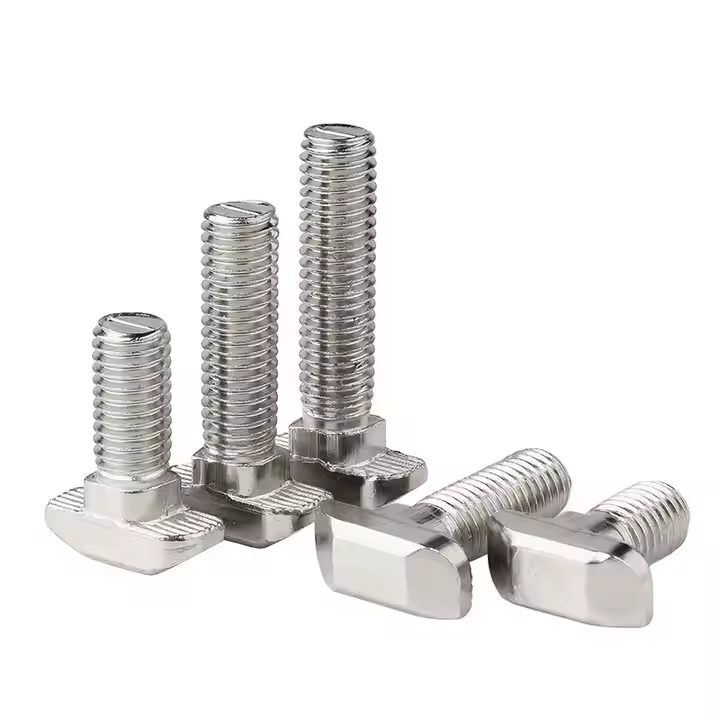


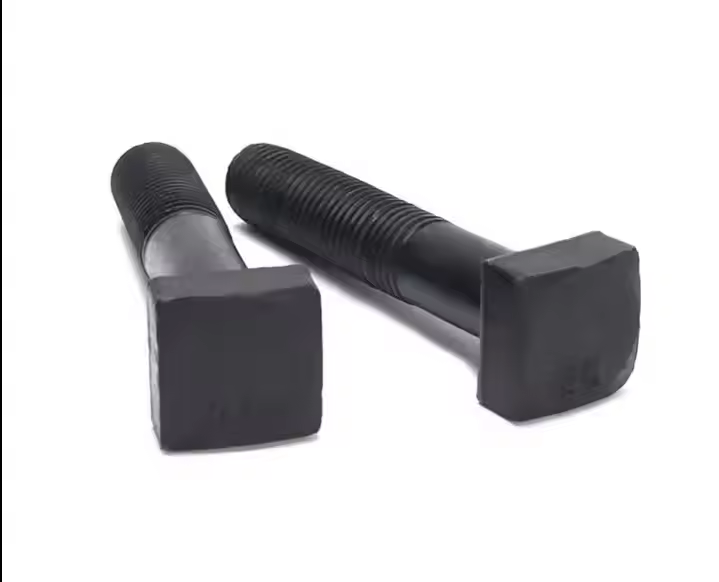
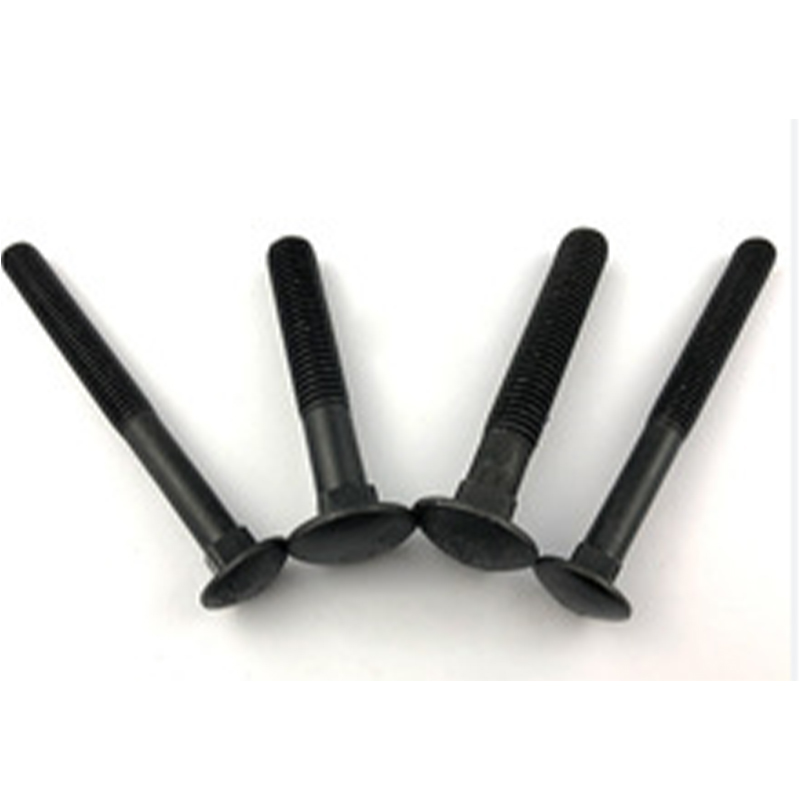

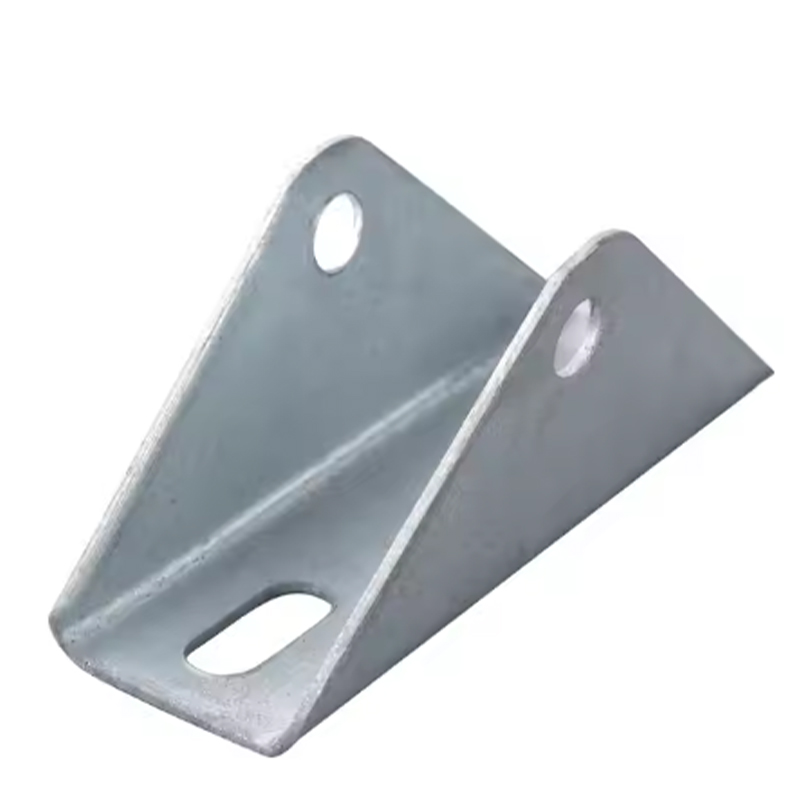
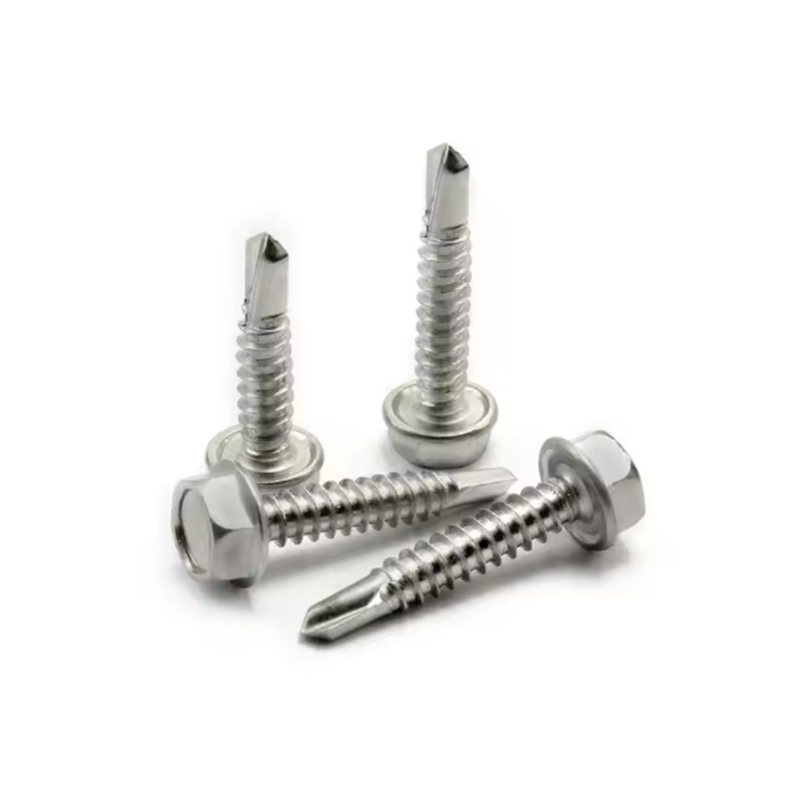
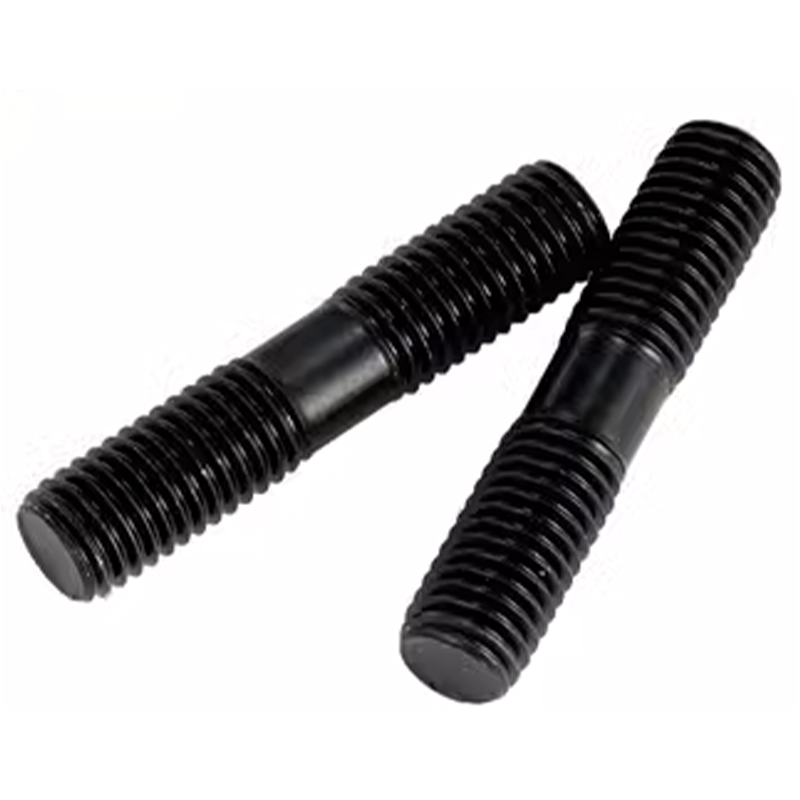

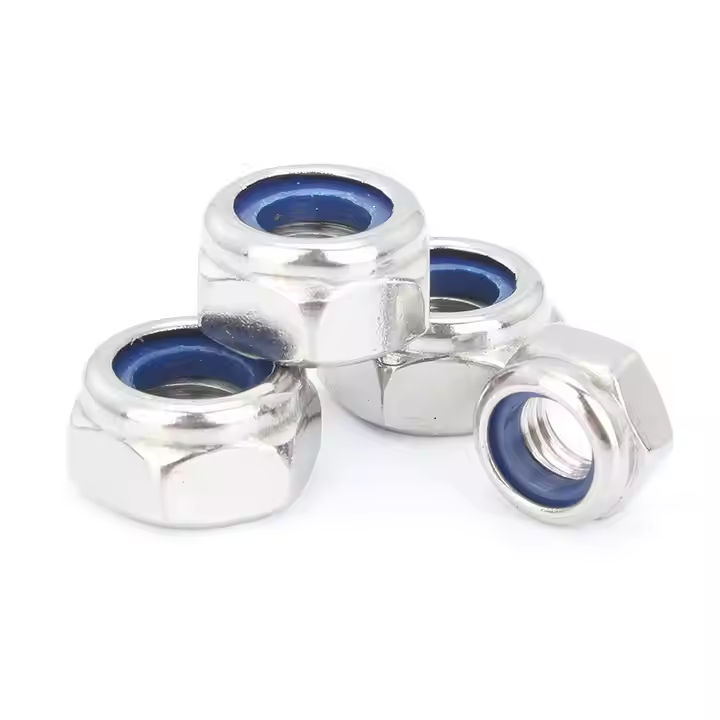
Please enter your email address and we will reply to your email.